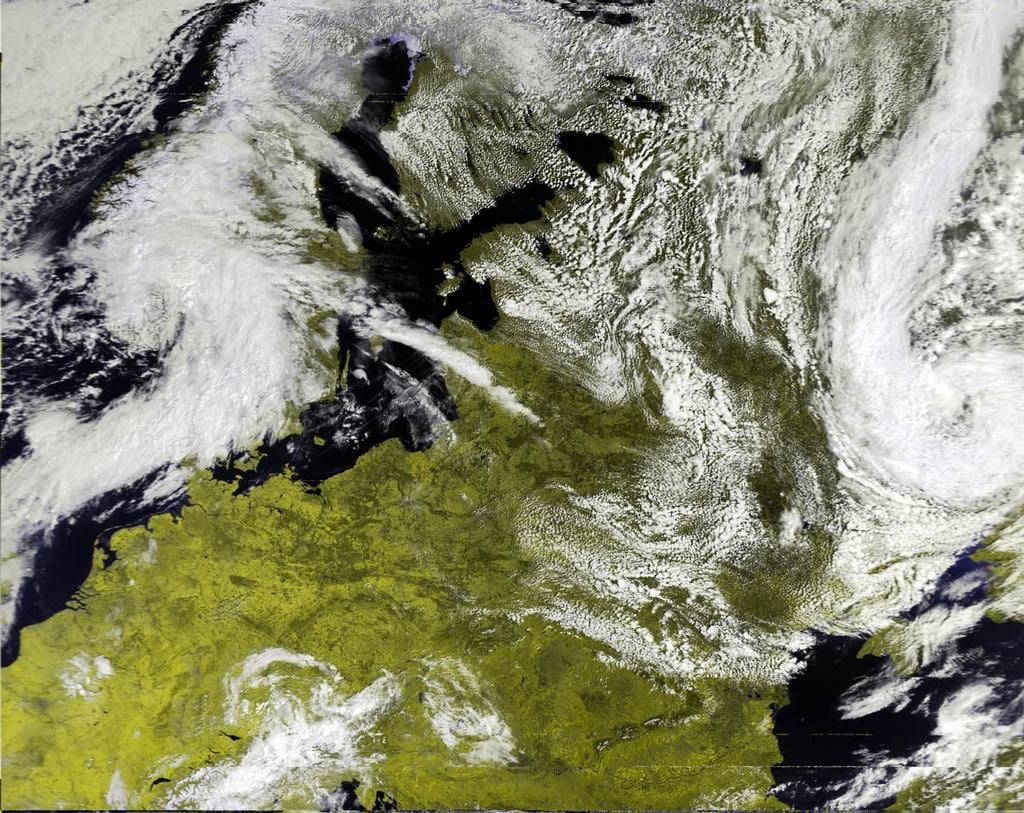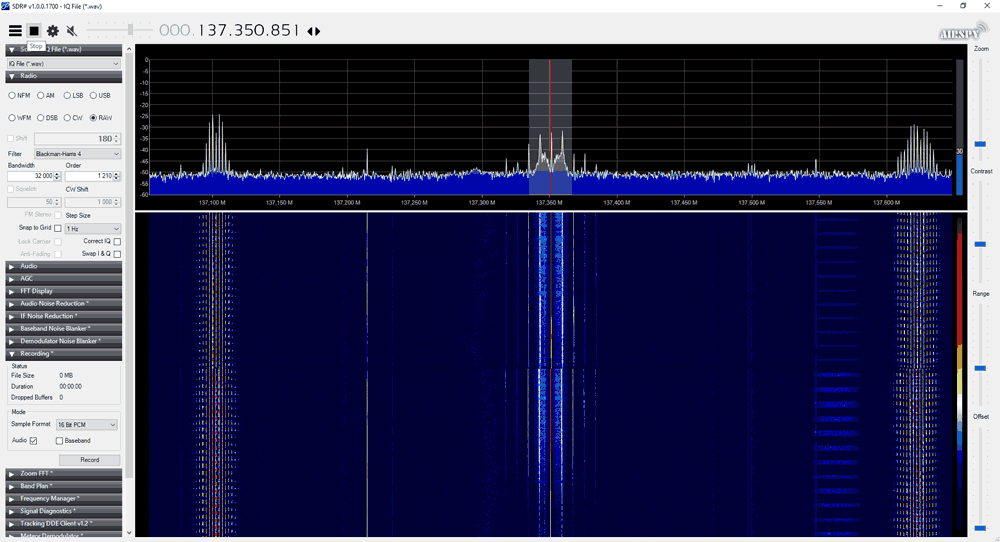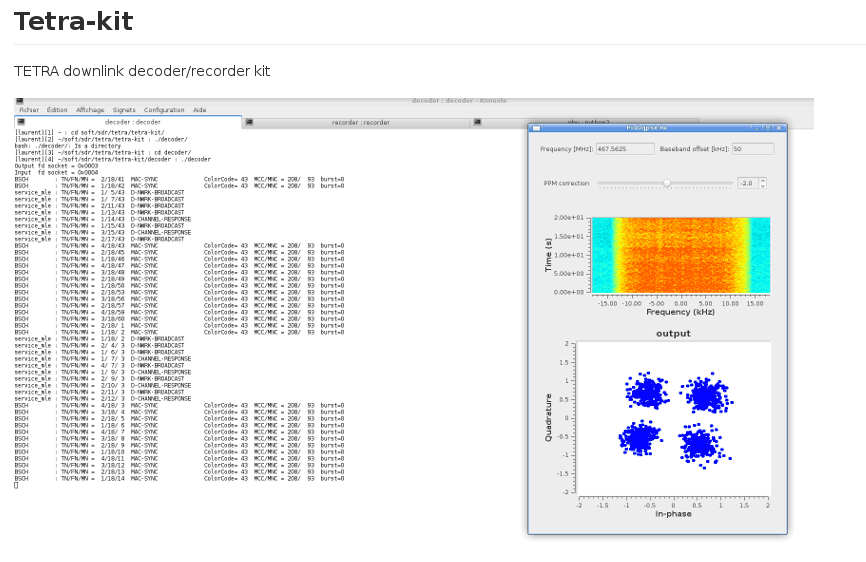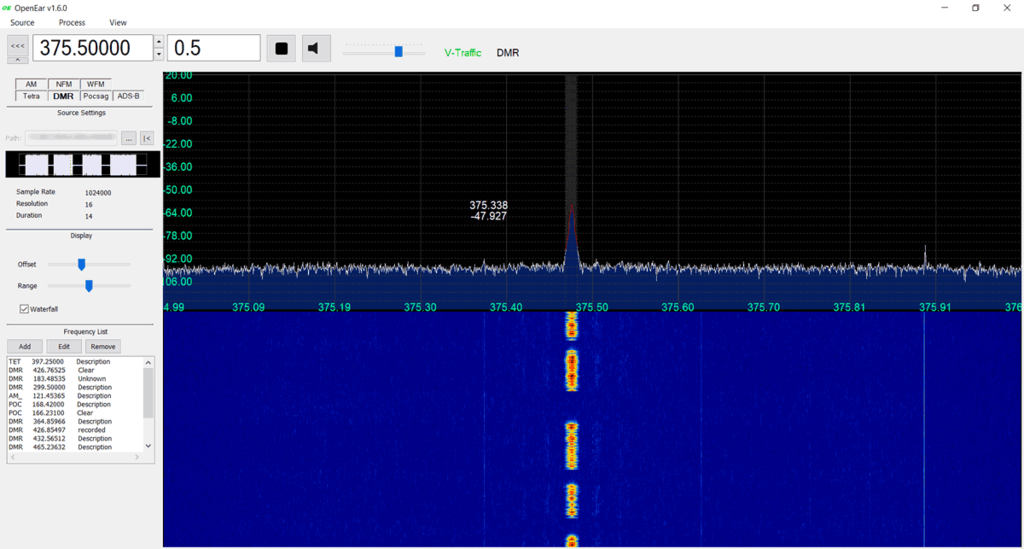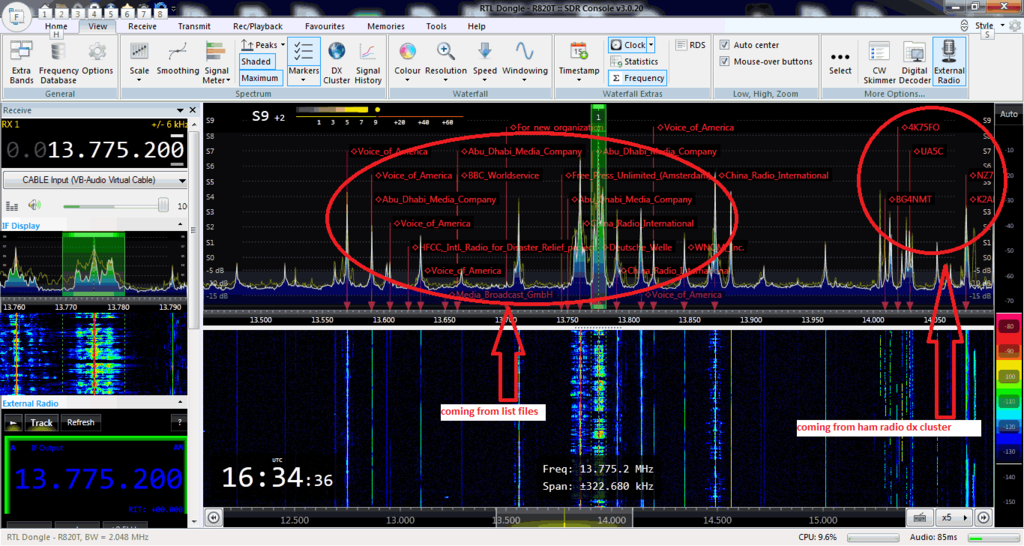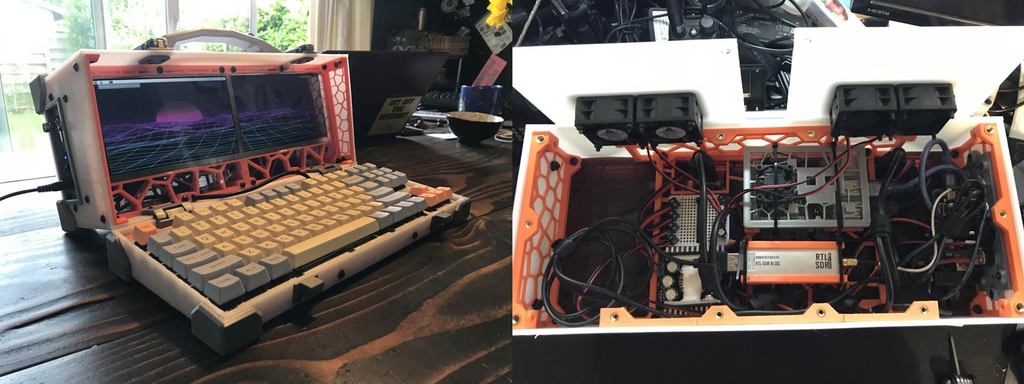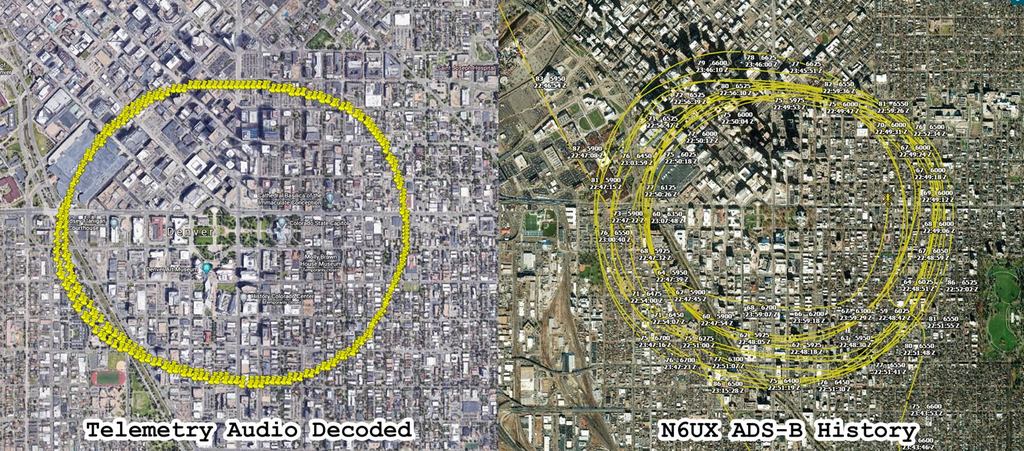GR-HRPT: GNU Radio HRPT Decoder Blocks for NOAA, METEOR, MetOp and FengYun-3 Weather Satellites
Thank you to @Derek33197785 for writing in and highlighting @aang254's work on gr-hrpt, a GNU Radio 3.8 port of HRPT blocks from gr-noaa and other projects. These blocks are for decoding the HRPT signal from weather satellites like NOAA, METEOR, MetOP, and soon FengYun-3. @Derek33197785 writes to us:
[@aang254] made a custom HRPT decoder and ported HRPT blocks for NOAA, METEOR and MetOp to work with gnuradio 3.8 on Linux. Right now it is the only free and open source decoder for MetOp (that works), and he also thinks about implementing FengYun support. I tested the decoder and it works great.
He's also working on extracting the full data from HRPT, not just the AVHRR/MSU-GS imagery but also all the telemetry and other instrument data.
HRPT is a high resolution weather satellite image signal that is broadcast from the same NOAA satellites that provide the more commonly received low resolution APT images at 137 MHz. HRPT is also broadcast by the FengYun-3, Metop and Meteor satellites. However, HRPT transmits at 1.7 GHz, so a high gain dish antenna with motorized tracking mount (or hand guided tracking), LNA and a high bandwidth SDR like an Airspy is required to receive it.
